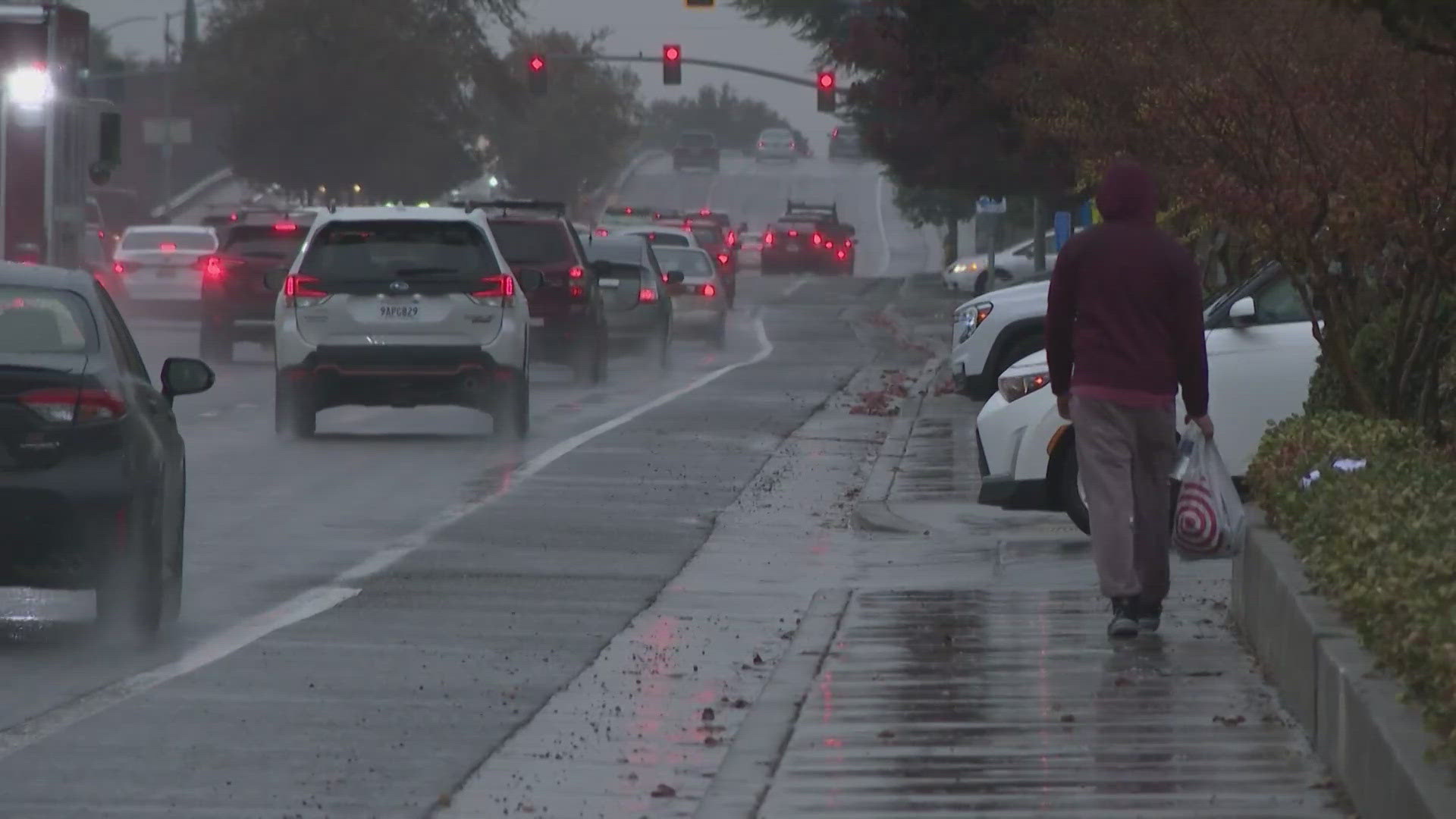Editor's note: This story was originally published on May 3rd of last year. It has been updated to reflect updated information on this topic.
It's that time of the year where we tragically begin to see headlines of children and animals being left in hot cars.
This week, police officers in Arizona reported the first child death of 2019 due to being left in a hot car. Firefighters performed CPR on the child but girl could not be revived. The temperature outside that day was 87 degrees.
In 2018, an animal control officer in Colorado rescued a dog from a car that had reached an internal temperature of nearly 135 degrees, even though it was only a high of 80 degrees outside that day.
Hot cars are extremely dangerous and at times, deadly. But, during the warm and hot seasons, tragedy never fails to strike.
Here is what you should know about the dangers of hot cars:
1. According to kidsandcars.org, 2018 was the highest number reported fatalities in its 20 year history of recording data. At least 729 children have died since 1998 from heatstroke in vehicles in the United States.
The annual total spiked dramatically in the 1990s after children's deaths from cars' front-seat air bags peaked. New laws required children to sit in back seats, where they are more easily forgotten.
2. Cars heat up quickly. A vehicle can heat up 20 degrees in 10 minutes, according to the National Highway Traffic Safety Administration (NHTSA). An outside temperature in the mid-60s can cause a vehicle’s inside temperature to rise above 110 degrees.
3. A child's body heats up three to five times faster than an adult and it doesn't take too much for a child to become a victim of heatstroke. According to the NHTSA, a child's body temperature only needs to reach up to 107 degrees.
4. While heatstroke is most common in the summer and hotter months, it's not exclusive to any particular time or season or location. It can happen during any weather.
5. In 2017, a California law went into effect allowing citizens to rescue animals from hot cars, if they are in imminent danger and the owner can't be found. The law protects people from civil and criminal liability in the case a car is damaged during a rescue.
However, the police must be called first before a person can break into the car and the person must wait with the animal until authorities arrive.
Click HERE to read about tips to prevent hot car deaths.



